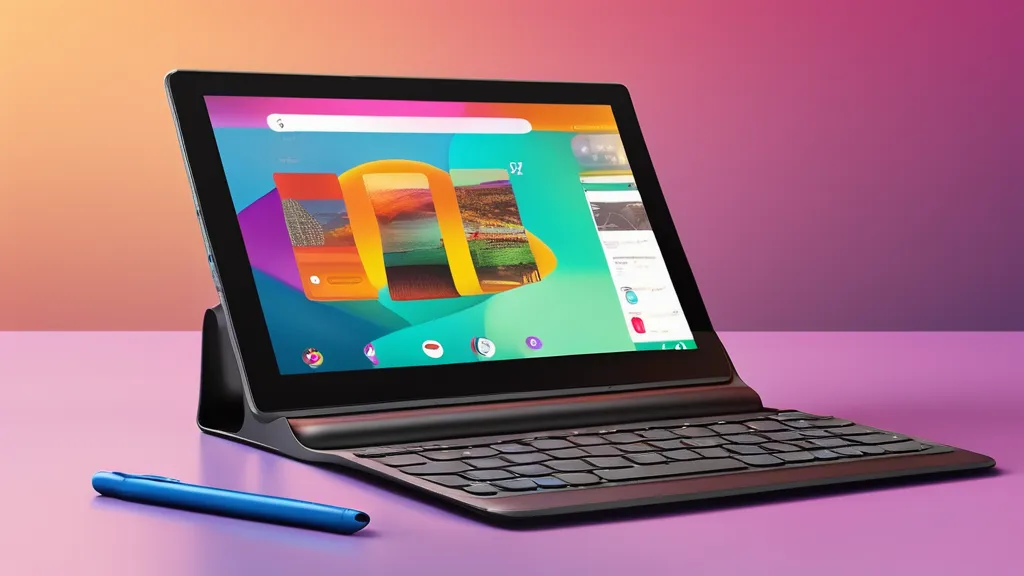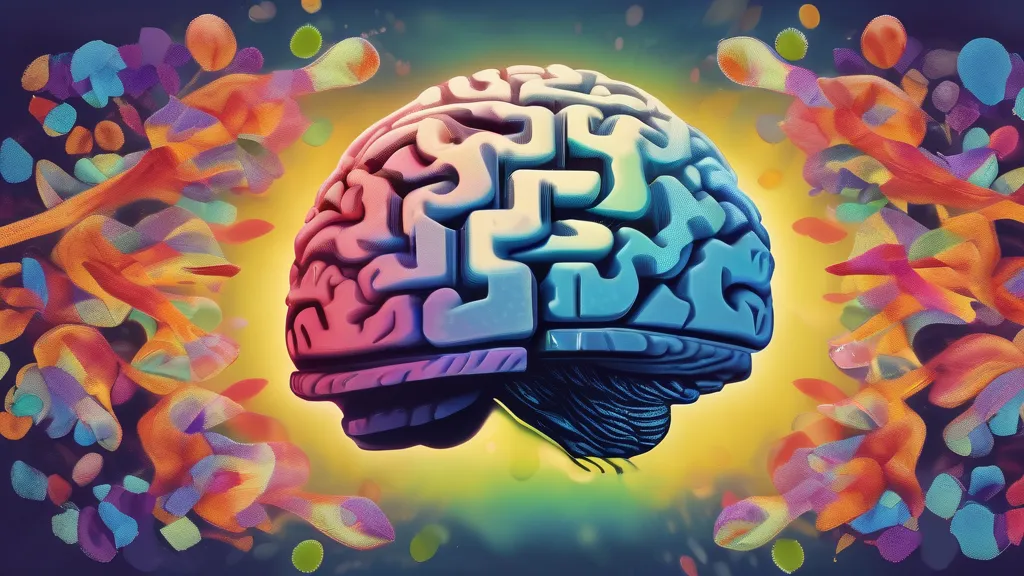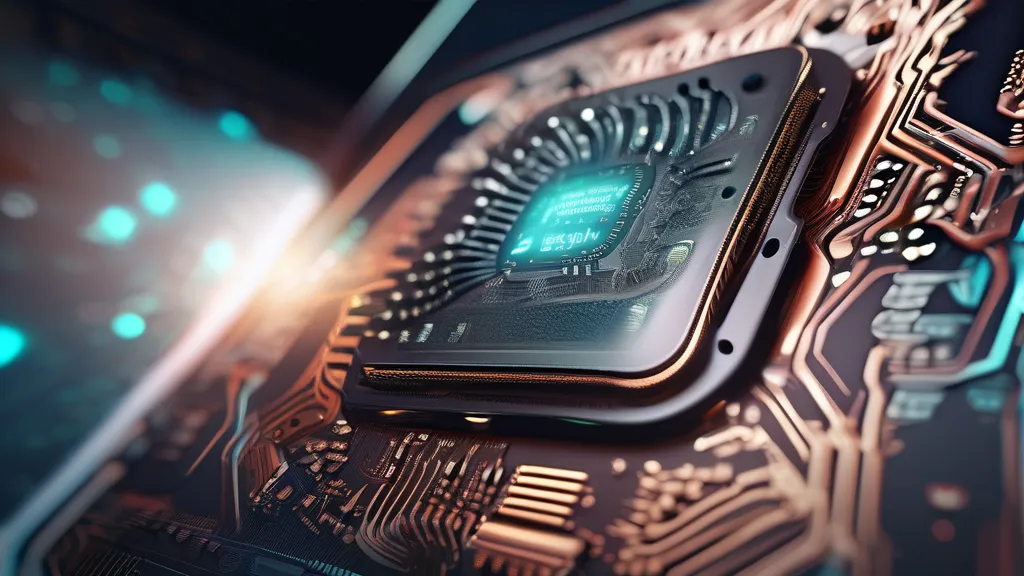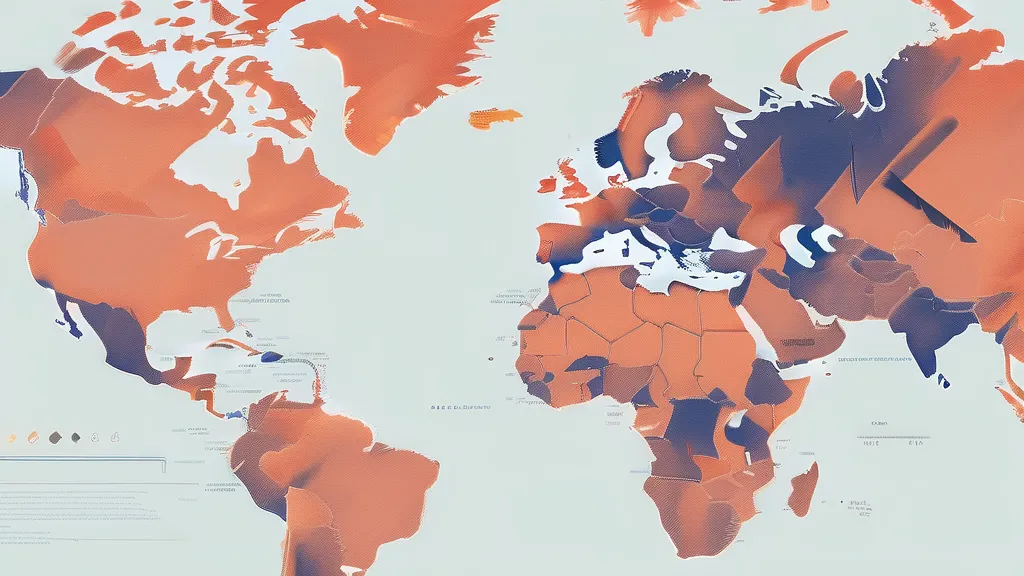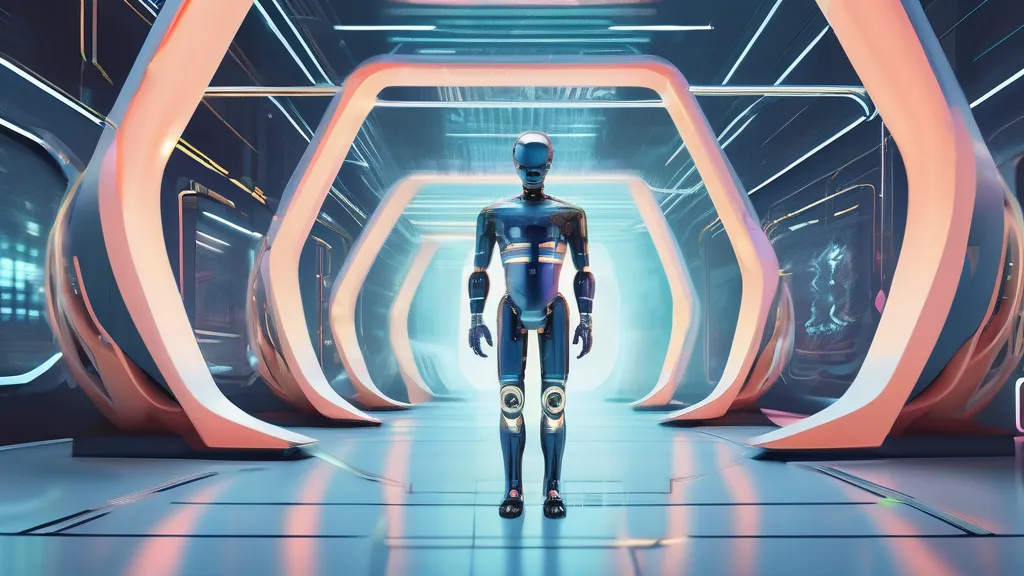Navigating Rate Limits: Building a Resilient Node.js Proxy Server for Gemini and OpenAI APIs
- Understand API rate limits and their impact on applications.
- Learn to build a Node.js proxy server for automatic API key rotation.
- Explore comprehensive logging for monitoring and debugging.
- Discover the benefits and challenges of this approach.
Introduction
In the fast-paced world of technology, APIs (Application Programming Interfaces) have become the backbone of modern software development. They enable developers to leverage external services, streamline processes, and build more robust applications. However, a common challenge faced by developers is navigating the rate limits imposed by API providers. These limits, often set to ensure fair usage and maintain server health, can lead to frustrating 429 errors, where requests are temporarily blocked. To address this challenge, we explore the creation of a resilient Node.js proxy server that automatically rotates API keys for Gemini and OpenAI APIs when rate limits are encountered.


